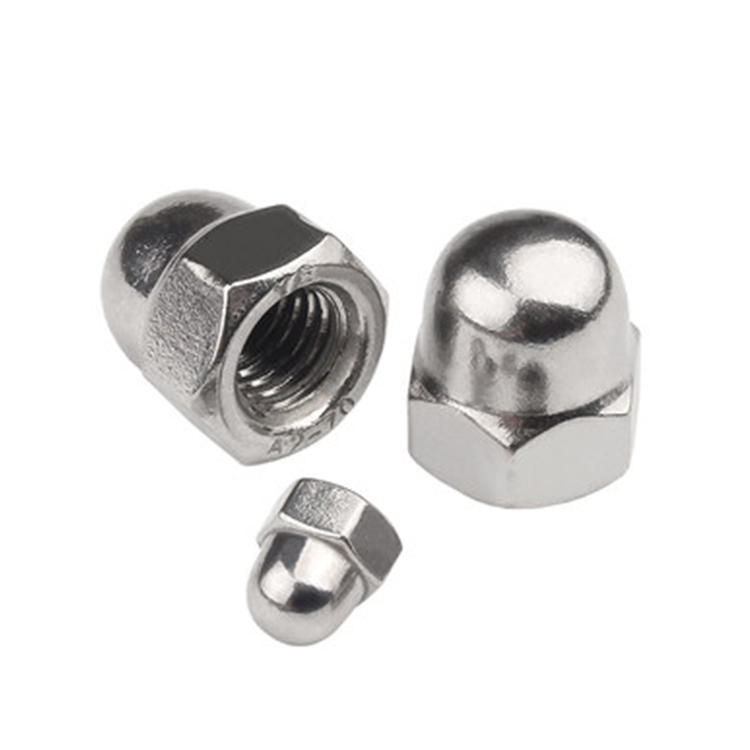In the chess game, listening to cards is a skill, and listening to cards is a craft. Listening to cards means that you are about to enter the stage of Hu cards, which means that the final victory will not be too far away. Generally, players on the field basically start to listen to cards at the later stage of the game. At this time, whoever listens well and can master the skills of listening to cards will win the game earlier. Today, the new recruitment game will come to say for everyone?In today’s market background, B1777 link Still maintain a strong sales data, and constantly beat the competitors in front of us. https://www.bl77777.com/
1. Listen to multiple cards-in a card type, players usually choose to listen to several cards. For example, 2,345,000, and the cards drawn at this time are 20,000 and 50,000. If it’s 2,345,600, then the draw cards are 10,000, 40,000 and 70,000. However, players need to pay attention to the fact that if some of the cards in Hu are likely to destroy the overall card type, such as one-stop, flat Hu and so on.
2. Listening is monotonous-it means that when players listen to cards, they just listen to a single card and want to make a pair.
3. Listen to the hole-for a simple example, if the cards in the player’s hand are 20,000 or 40,000, then the card type that the player listens to at this time is 30,000 holes.
4. Listen to the side card-listening to the side card is similar to listening to the hole. For example, at this time, the cards in the player’s hand are 70,000 and 80,000, so the card type that the player listens to at this time is 90,000.
5. Listen right-if there are two pairs in the player’s hand, at this time, you only need to make another set of engravings, and the other set will be used as a card. In this case, the player needs to listen to two cards, and this card drawing type is called listening right.
When listening to cards, players must pay attention to the card type of their family, and try not to listen to the same card type as their family, so as not to be called Hu by their family in advance. If your last family happens to be the dealer of the game in this bureau, it’s like avoiding listening to the same cards as your last family. If you can hide, you can hide!






